Best dives sites in Australia

Scuba diving is, perhaps, one of the most graceful activities we can do. With bubbles rising above us, we descend into another world, to float, mesmerised, amongst odd, often inquisitive marine creatures and colourful coral formations. Our movements become subtle, our communication vocally silent. For however long our air supply lasts, we dance, as beautiful as fish.
Perhaps you dream of trying scuba diving for the first time. Or maybe you’re seeking a new underwater experience. Either way, you’re in luck.
“Australia is the perfect destination for any diver, from novice to world explorer,” says Eric Matson, a climate change scientist with the Australian Institute of Marine Science (Townsville, Queensland), who is also an underwater photographer and qualified dive instructor with decades of recreational and commercial diving experience.
“This is because there are many different opportunities at all levels of training, experience, adventure, cost, and convenience,” Eric says.
“A novice can do a one-day experience in the warm, shallow waters of north Queensland – easy to do, inexpensive, safe, and convenient. An experienced diver might find a new adventure in southern Australia, diving with leafy sea dragons or sea lions … [or they may find it] in the Whitsundays or in Ningaloo, right off the beach,” Eric says.
Here are the top 10 dive sites in Australia:
1. Cod Hole Dive Site (Qld)
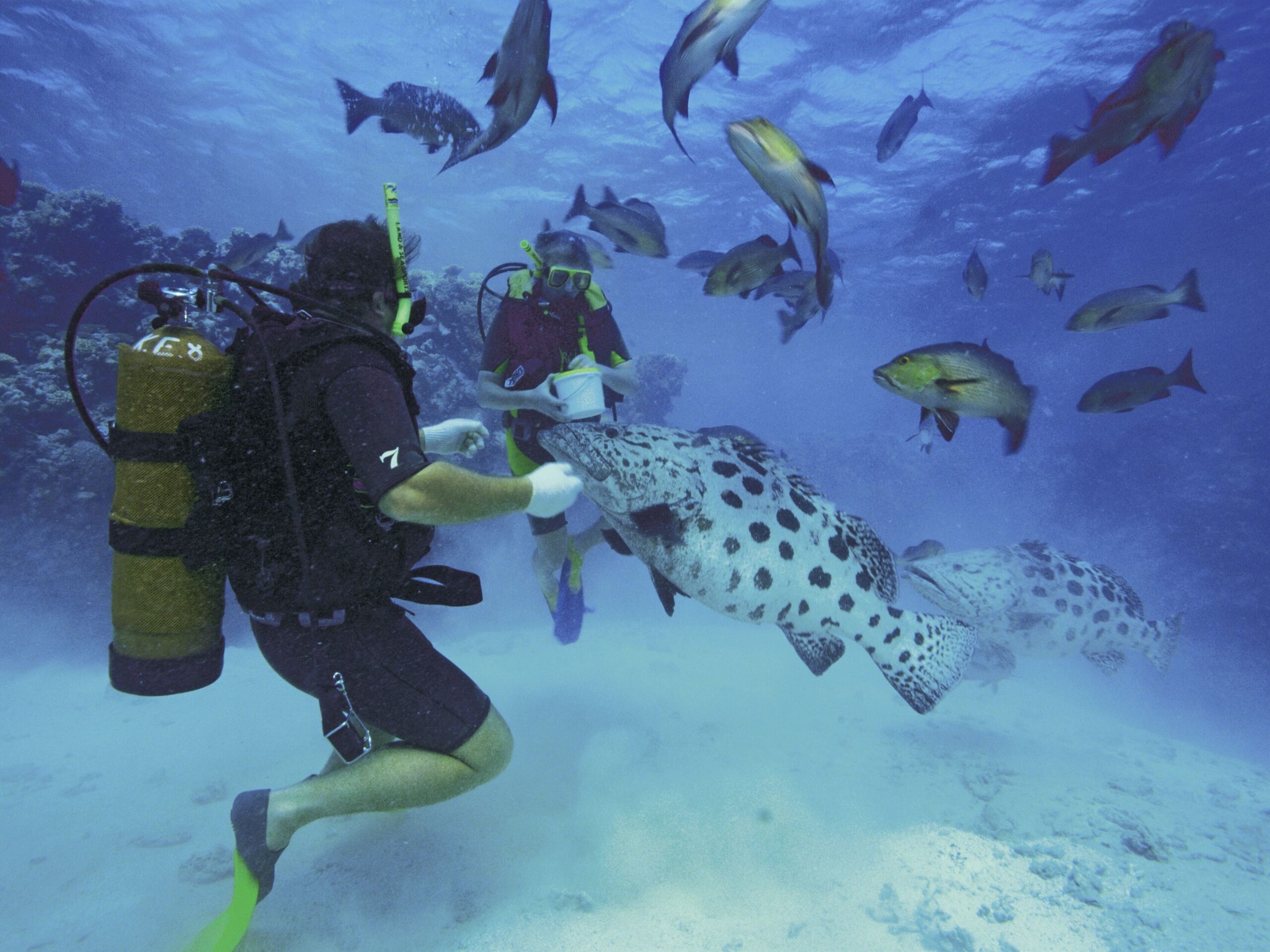
Located on the outer Great Barrier Reef, on Ribbon Reef #10, Cod Hole Dive Site is famous for its population of potato rockcod (Epinephelus tukula), which can grow up to 2m. Other sizable species you might encounter in or around this site include giant clams, moray eels, whitetip reef sharks, humphead Maori wrasse, and, in winter, dwarf minke whales.
2. Flinders Reef Dive Site (Qld)
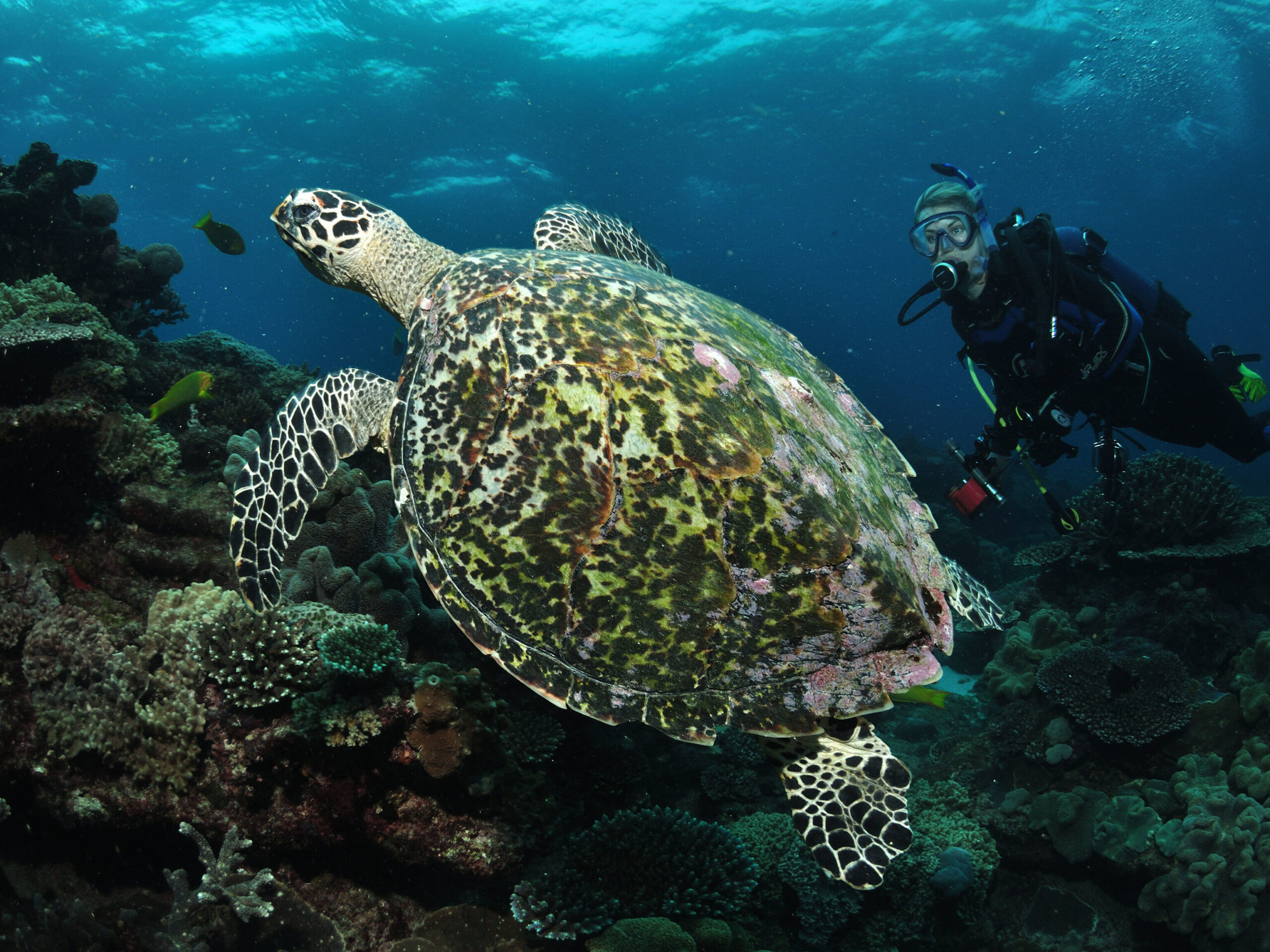
With more than 119 species of coral and 175 species of fish, Flinders Reef Dive Site, just north of Moreton Island, is regarded as the best dive site in Moreton Bay Marine Park. The site includes pinnacles and swim-throughs as well as a turtle cleaning station, where fish such as dusky surgeonfish help rid green turtles of parasites and algae.
3. Fish Rock cave (NSW)
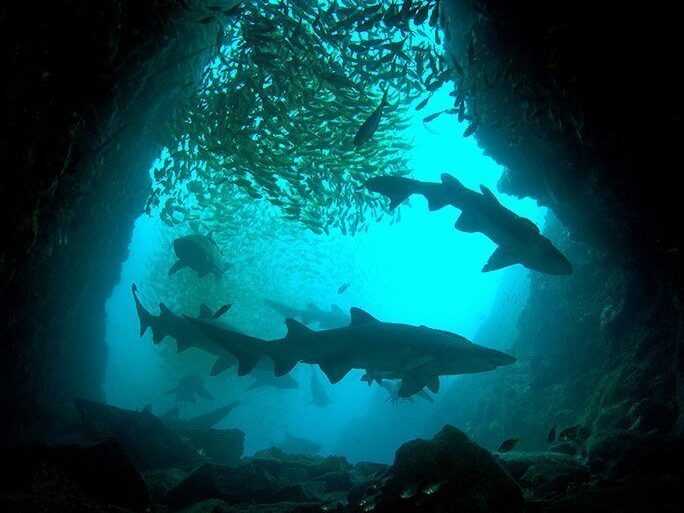
This dive, located approximately 2km off Smoky Cape at South West Rocks, will take you through the centre of Fish Rock via a 125m-long cave, which you’ll enter at a depth of 24m. If swimming through the cave’s most confined sections isn’t exciting enough, finishing in a 12m-deep cavern filled with critically endangered grey nurse sharks will be.
4. Lord Howe Island (NSW)
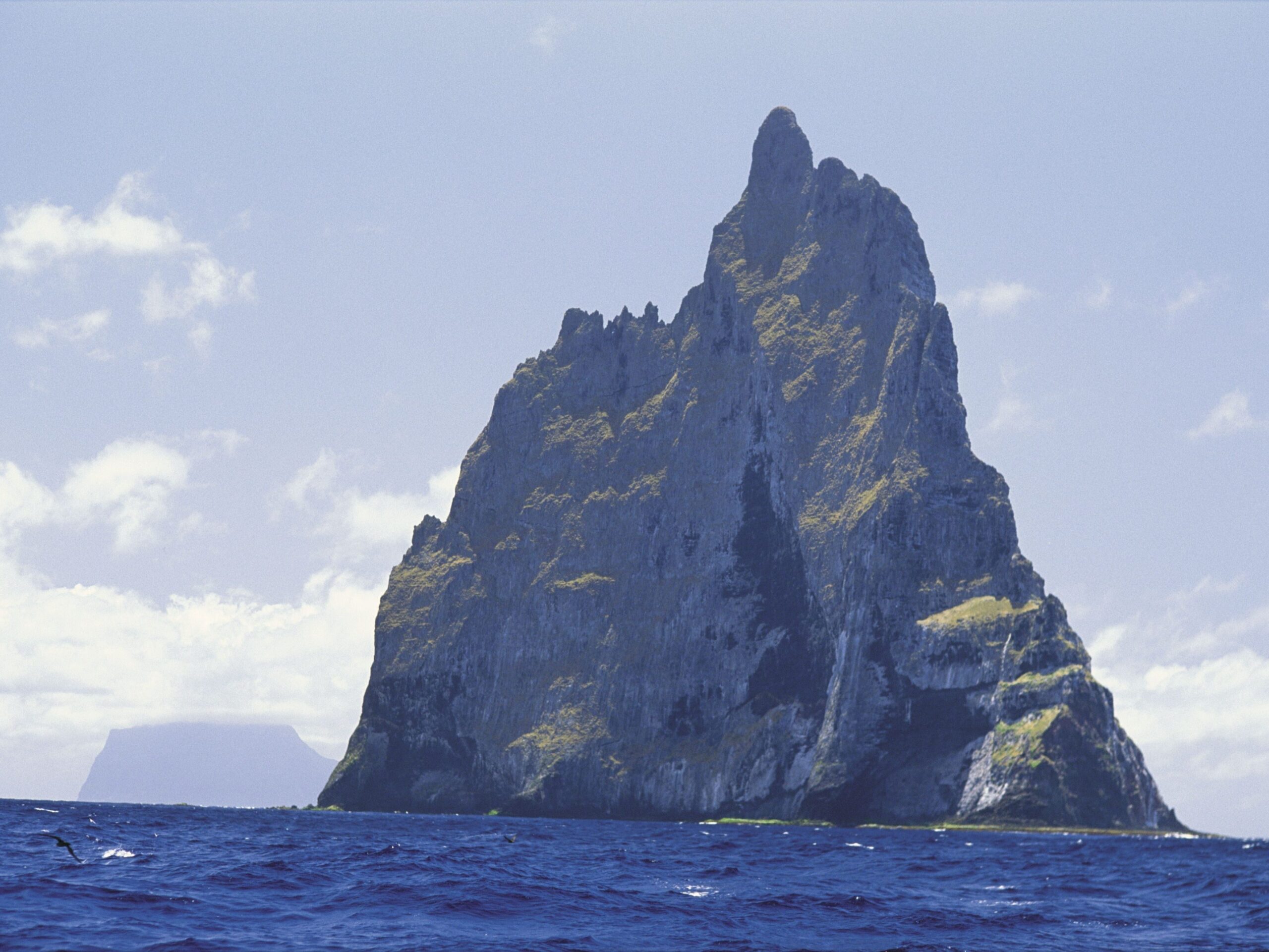
Home of the planet’s most southerly reefs, World Heritage-listed Lord Howe Island is situated at the crossroads of five major ocean currents. The result is a mix of temperate, sub-tropical, and tropical species, with more than 90 species of coral and 500 species of fish.
Of its 60+ dive sites, the most spectacular is Balls Pyramid, a castle-like sea stack located 20km southeast of the island. In addition to large schools of amberjack, kingfish, and silver drummer, you can sometimes see dolphins, marlin, wahoo, and Ballina angelfish, which, while generally found only in depths of 100m+, are witnessed here at around 25m.
5. Ningaloo Reef (WA)
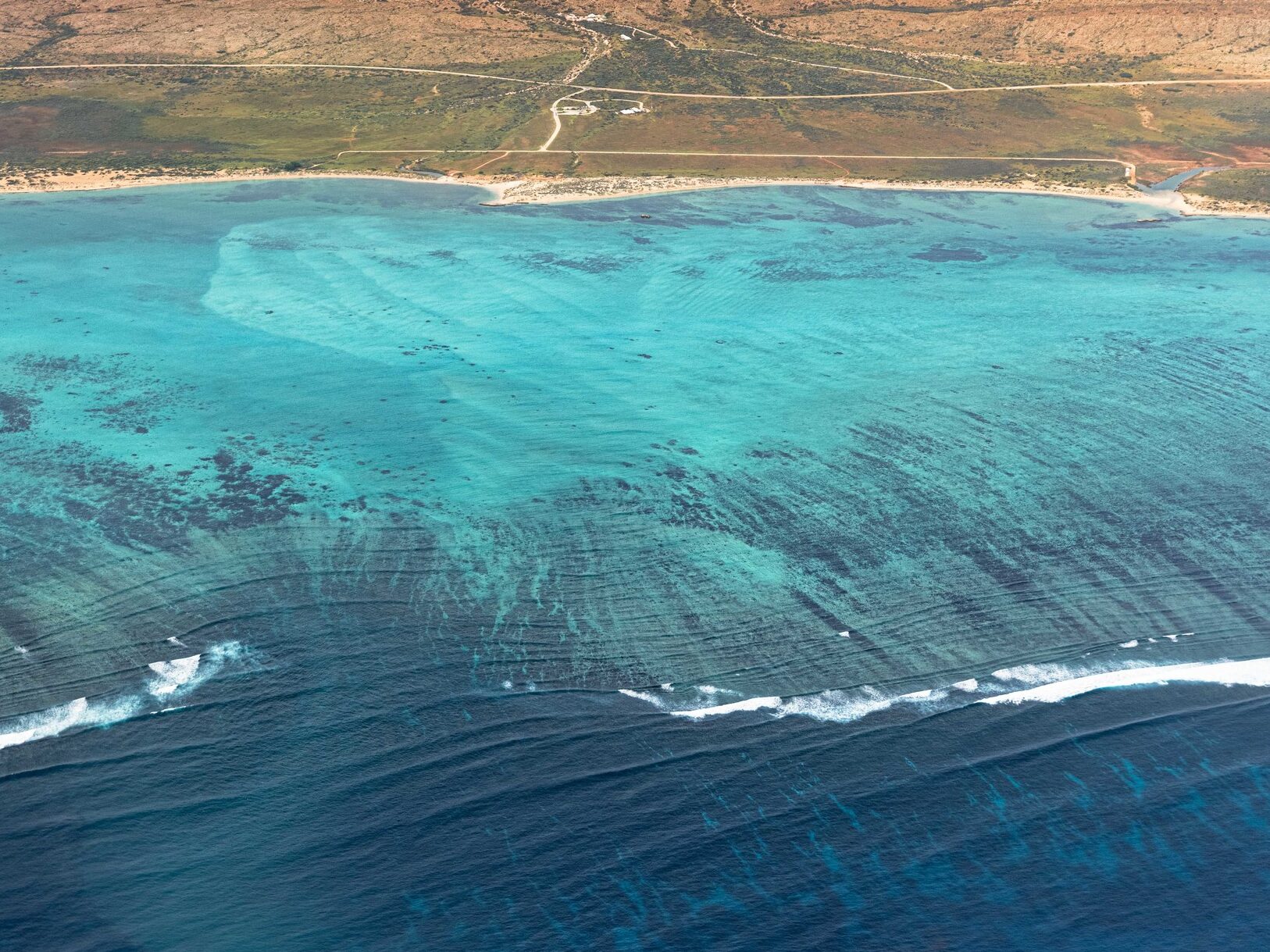
The largest fringing coral reef in Australia, 300km-long Ningaloo Reef is not just home to whale sharks, but is the most sizable reef in the world found so close to a continental land mass. Part of the World Heritage-listed Ningaloo Coast area, it hosts 300+ species of coral and 700+ species of reef fish. On sites such as The Elbow you might encounter green turtles, reef sharks, moray eels, flowery rockcod, and reef manta rays.
6. Rowley Shoals Marine Park (WA)
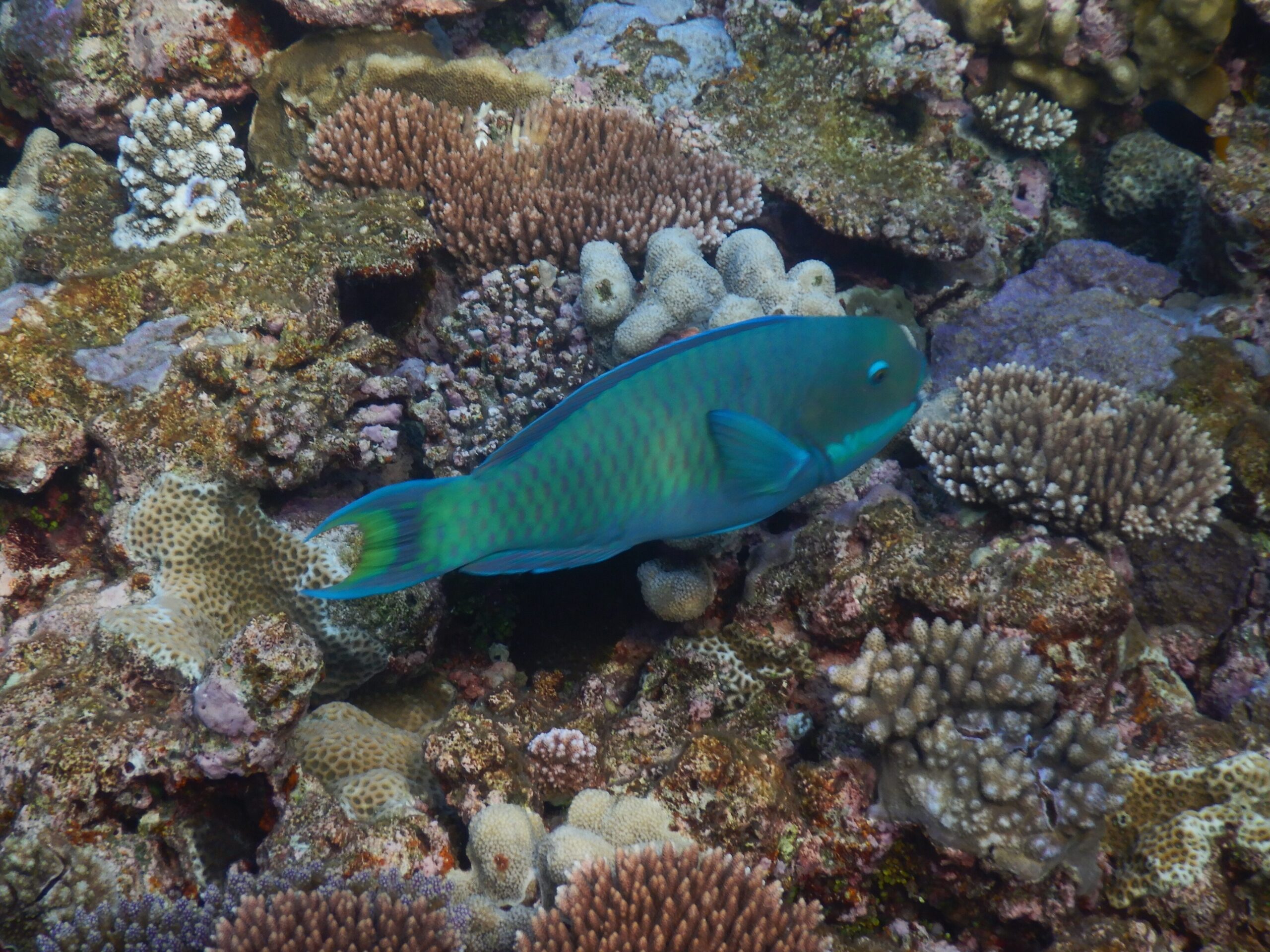
Positioned 300km west of Broome, on the edge of Australia’s continental shelf, Rowley Shoals Marine Park is a chain of three pear-shaped coral atolls rising from very deep water and boasting 233 species of coral and 688 species of fish.
“It has so much to offer a keen diver,” says Eric, who counts the Rowley Shoals as his favourite Australian dive site. There are “big fish, sharks, walls, quiet lagoons, huge areas of pristine coral, racing drift dives, humpback whales, and much more. The water is crystal, too”.
7. Rapid Bay Jetty dive site (SA)
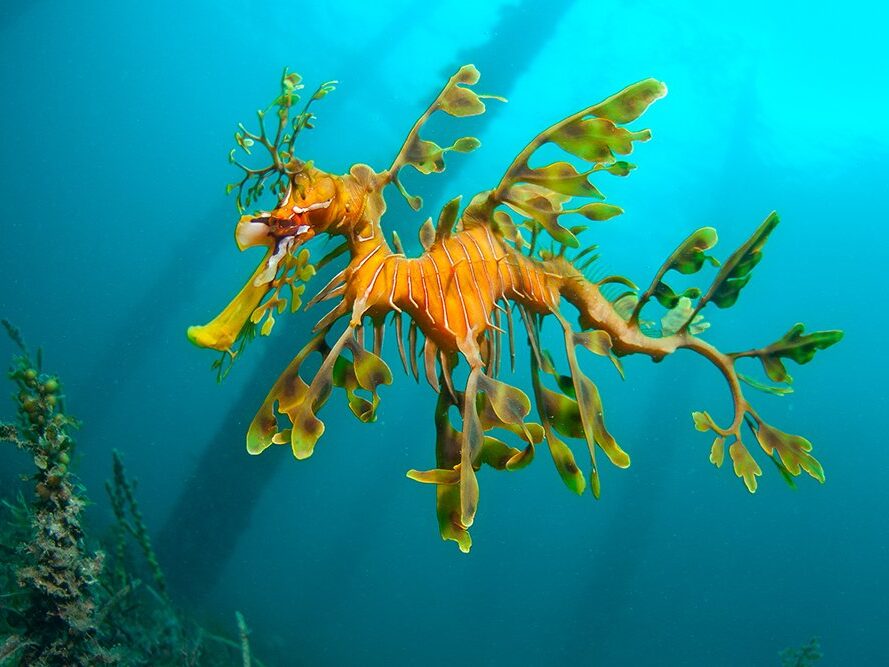
Rapid Bay, on the south-western section of the Fleurieu Peninsula, is renowned for sightings of Australia’s two sea dragon species: the leafy sea dragon and the weedy sea dragon. The recently constructed, 240m-long jetty includes a launching platform. Upon entering the temperate waters, divers tend to follow one of two short, underwater trails to the older, closed jetty, which supports abundant marine life.
8. Neptune Islands (SA)
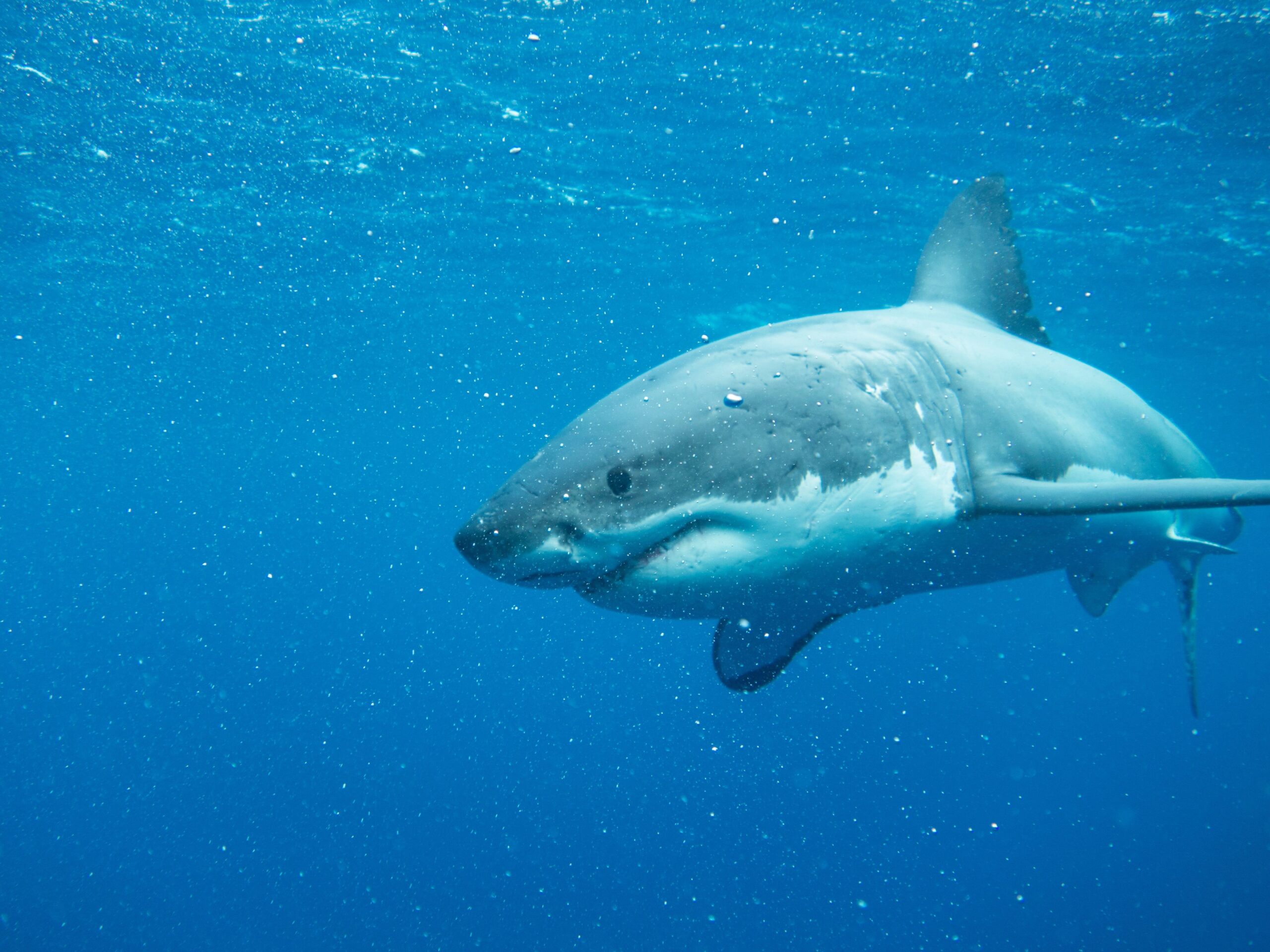
If you harbour the desire to see great white shark teeth up close, but you want to be able to review your underwater footage afterwards, cage diving off South Australia’s Neptune Islands might be for you. You don’t need any previous diving experience to participate in surface cage diving, where you’re suspended, in a steel cage, just below the ocean’s surface. However, if you’re a qualified diver, one operator gives you the option of travelling all the way to the ocean floor.
9. Port Phillip Heads Marine National Park (Vic)
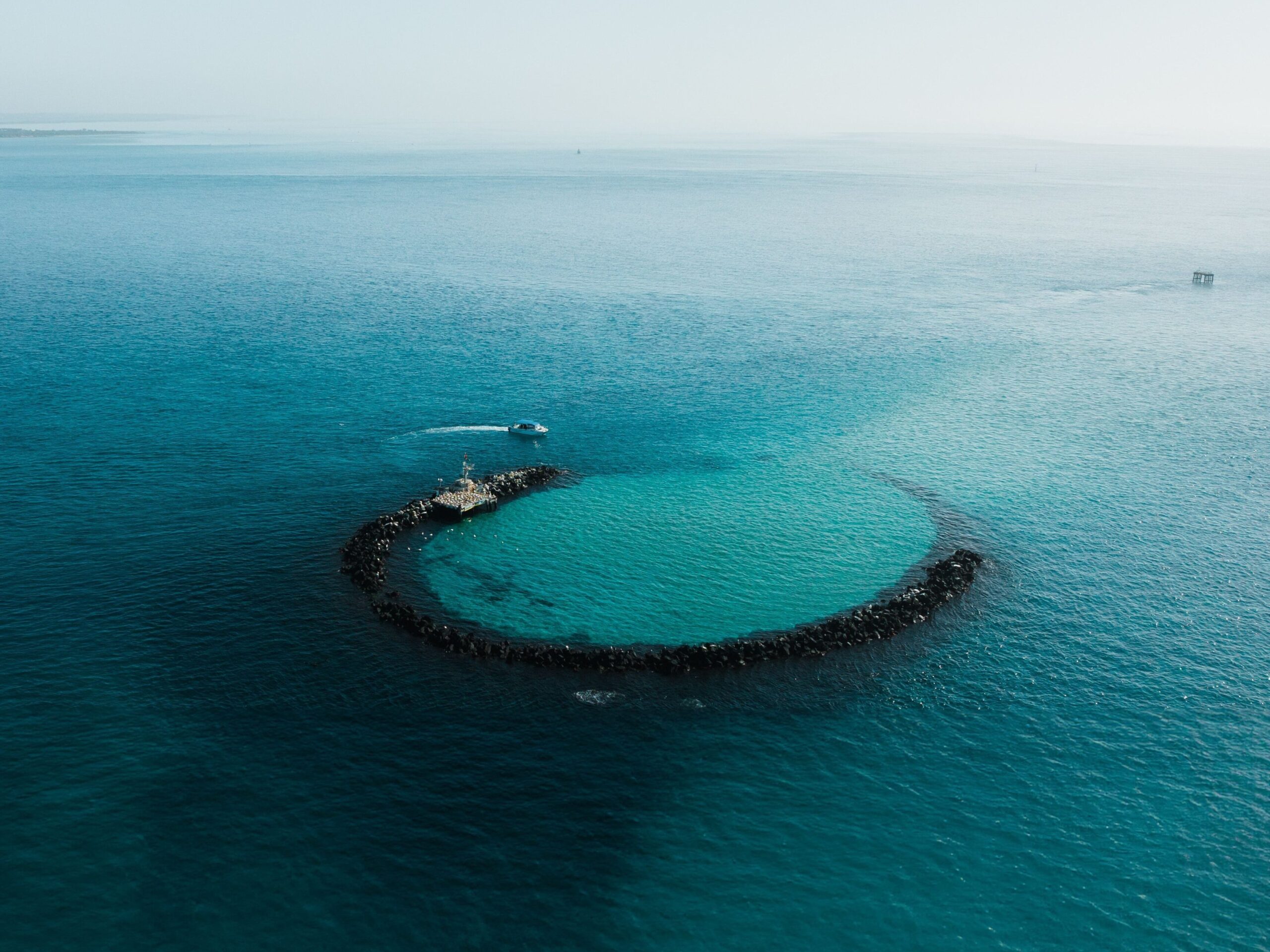
Port Phillip Heads Marine National Park, located near the southern end of Port Phillip, is home to several popular dive sites. These include Lonsdale Wall, a 1km-long series of ledges ranging from 15-90m in depth; Pope’s Eye, a manmade, horseshoe-shaped structure of bluestone boulders that supports seals, octopus, and gorgonian corals; and Portsea Hole, a 30m-deep depression that shelters a variety of species, including the beautifully vivid blue devilfish.
10. Tasman Peninsula (Tas)
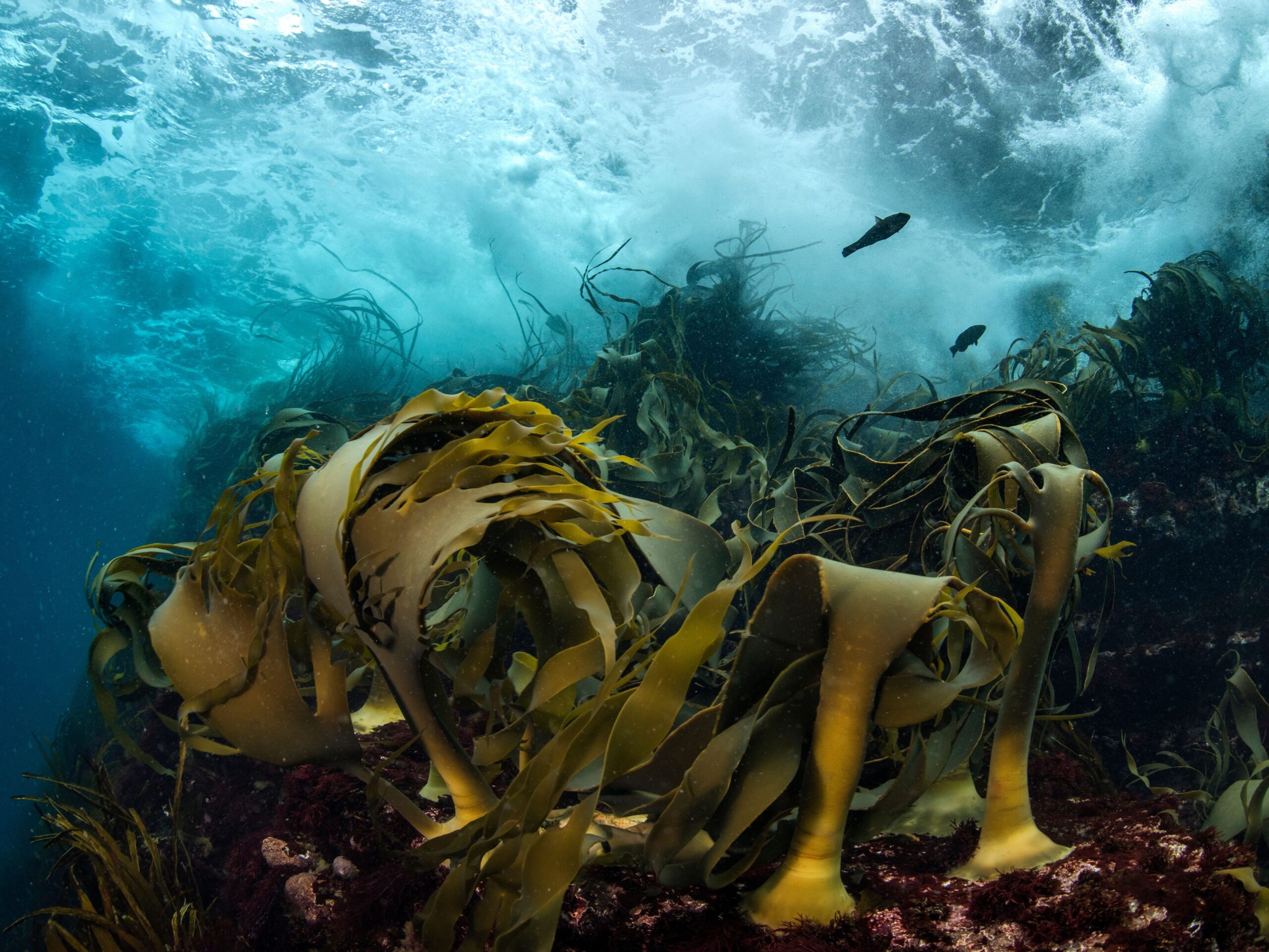
Swimming amid giant kelp forests, up to 20m deep, is one highlight of diving south eastern Tasmania’s Tasman Peninsula. Another is exploring the extensive cave system at Waterfall Bay. And if larger sea creatures are your passion, check out Cape Hauy, where New Zealand and Australian fur seal encounters are possible.
Tasmania’s cool, temperate waters are most forgiving between November and March.




